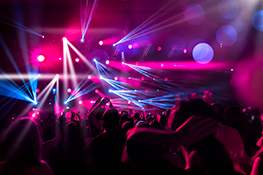Stage Lighting Hacks: Pro Tips for Efficiency & Creativity
Maximize Your Lighting Rig’s Potential: Efficiency Secrets
In the world of stage lighting, efficiency isn’t just about saving money; it’s about maximizing creative potential. A well-organized and strategically planned lighting setup allows for quicker setup times, smoother performances, and more opportunities to experiment with lighting design. This section delves into practical strategies to boost efficiency in your lighting workflow.
Pre-programming and Patching Perfection: Before a single fixture is even plugged in, meticulously plan your lighting plot. Utilize lighting design software to visualize your setup and pre-program cues. This pre-planning drastically reduces setup time on the day of the event. Accurate patching ensures that every channel and fixture corresponds correctly to your design, minimizing troubleshooting during the performance.
Cable Management is Key: A tangled mess of cables is a nightmare waiting to happen. Invest in high-quality cables and employ a systematic cable management system. Labeling cables clearly and using cable ties or wraps significantly reduces setup time and prevents accidental disconnections during the show.
Fixture Optimization: Understand your fixture’s capabilities. Learn to maximize the output and efficiency of each instrument. Properly angling your lights, using gobos effectively, and understanding color mixing techniques are crucial for achieving the desired effect with minimal energy consumption.
Embrace LED Technology: LED lighting offers significant energy savings and longer lifespan compared to traditional incandescent or halogen fixtures. The reduced heat output also improves safety and extends the life of other components in your lighting rig.
Unlocking Creative Lighting Design: Innovative Techniques
Efficiency doesn’t mean sacrificing creativity. In fact, a well-organized system frees up time and resources to explore innovative and dynamic lighting techniques. This section focuses on practical tips to push the boundaries of your lighting designs.
Beyond Basic Color Mixing: Explore the possibilities of color temperature and saturation to create moods and atmospheres. Experiment with subtle color shifts and gradients to enhance the emotional impact of your scenes. Don’t be afraid to step outside the standard color palettes.
Harnessing the Power of Gobos: Gobos (go-between) are essential for projecting patterns and textures onto your stage. Explore various gobo designs to add depth and visual interest to your productions. Experiment with gobo rotation and size to create dynamic effects.
Movement and Dynamics: Static lighting can be boring. Utilize moving heads, scanners, and other automated fixtures to create dynamic and engaging lighting designs. Explore different movement patterns and speeds to add a sense of energy and excitement to your productions.
Layering and Texture: Don’t rely on a single layer of light. Experiment with layering different lighting instruments to create depth, texture, and visual interest. Combine washes with spots, backlights with frontlights, to achieve a more three-dimensional feel.
Embrace the Unexpected: Sometimes the most creative lighting designs come from breaking the rules. Don’t be afraid to experiment with unconventional techniques, unexpected color combinations, or unusual gobo choices. Push your boundaries and see what you discover.
Optimize Your Workflow: Practical Tips for Stage Lighting Professionals
This final section provides actionable steps for optimizing your overall workflow, leading to greater efficiency and enhanced creativity.
Regular Maintenance: Regular maintenance of your lighting equipment is crucial for longevity and preventing unexpected failures during performances. Clean lenses, check connections, and replace worn-out components as needed.
Invest in Quality Tools: Investing in high-quality tools and equipment, such as reliable lighting consoles and sturdy stands, significantly improves workflow efficiency and reduces the risk of accidents.
Collaboration and Communication: Effective communication with other members of the production team is crucial for a smooth and successful lighting operation. Collaborate closely with the director, sound designer, and other technicians to ensure a cohesive and impactful production.
Continuous Learning: The world of stage lighting is constantly evolving. Stay updated on the latest technologies and techniques by attending workshops, reading industry publications, and networking with other professionals.
By implementing these efficiency and creativity hacks, you can elevate your stage lighting to new heights, delivering spectacular visual experiences while optimizing your workflow and resource management. Remember, the key to success lies in a balance of technical proficiency and artistic vision.


 Auditorium Construction Services
Auditorium Construction Services 